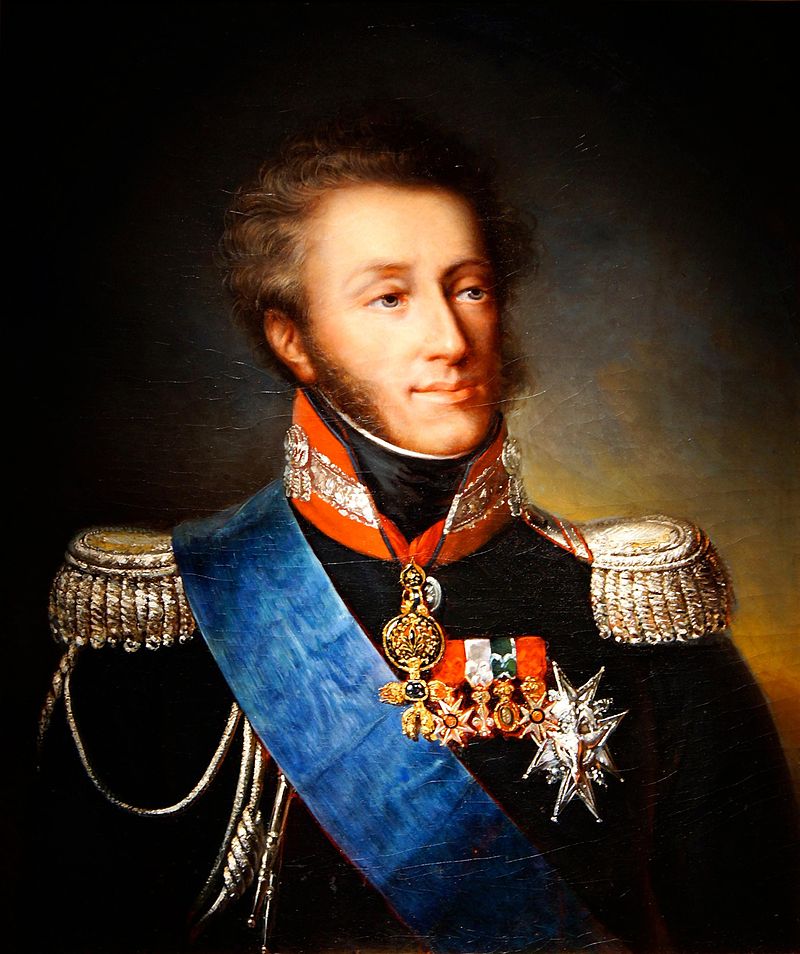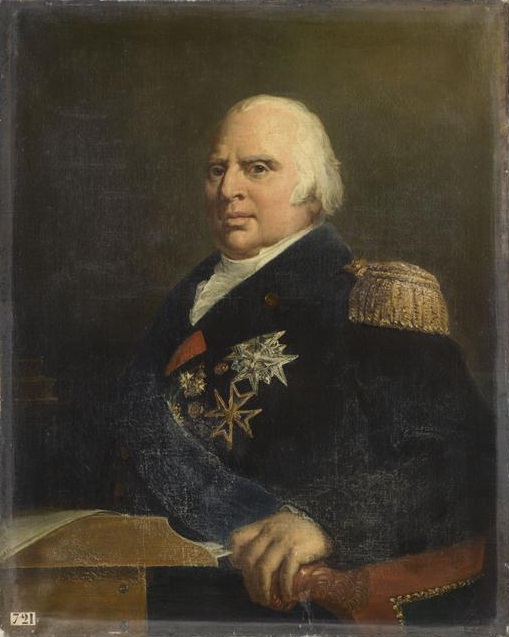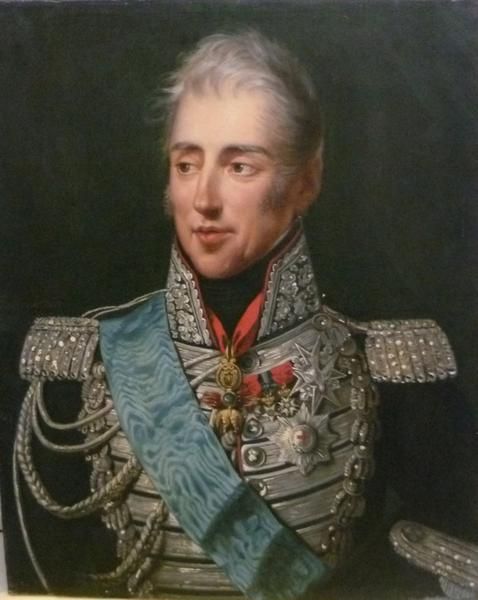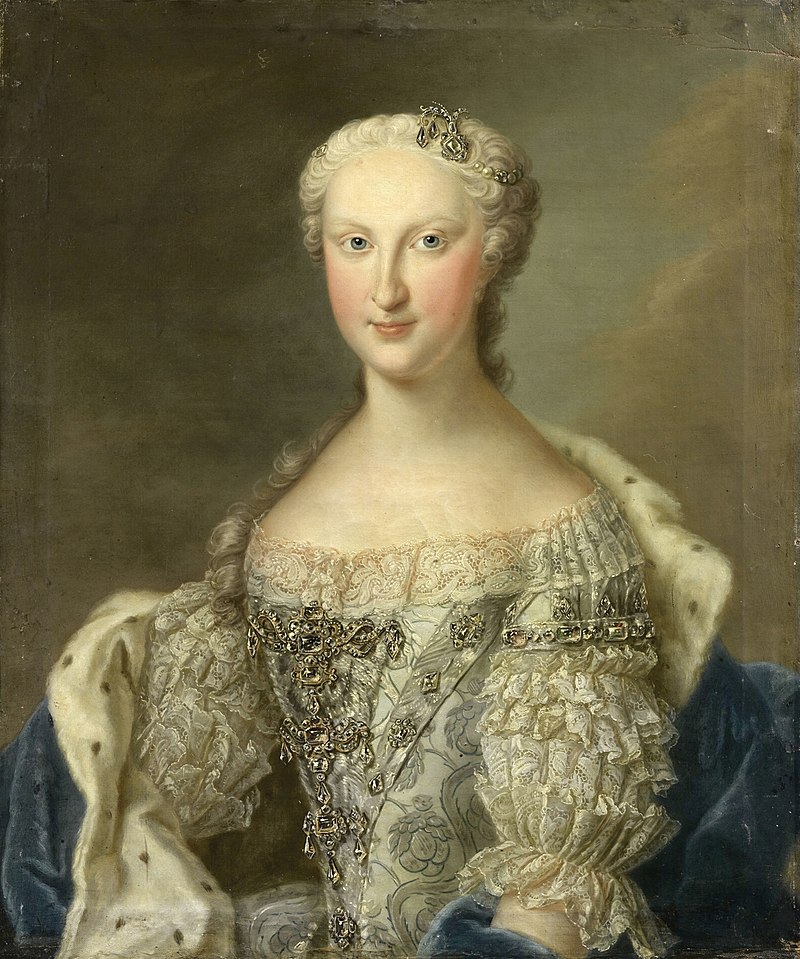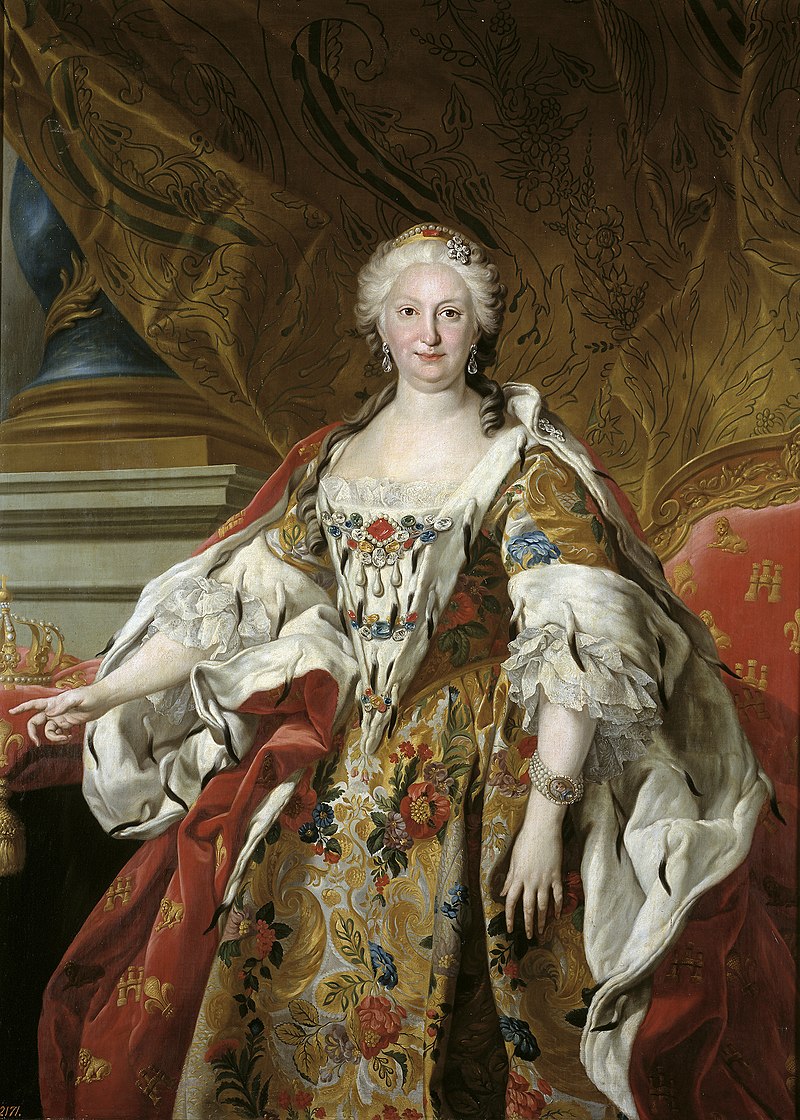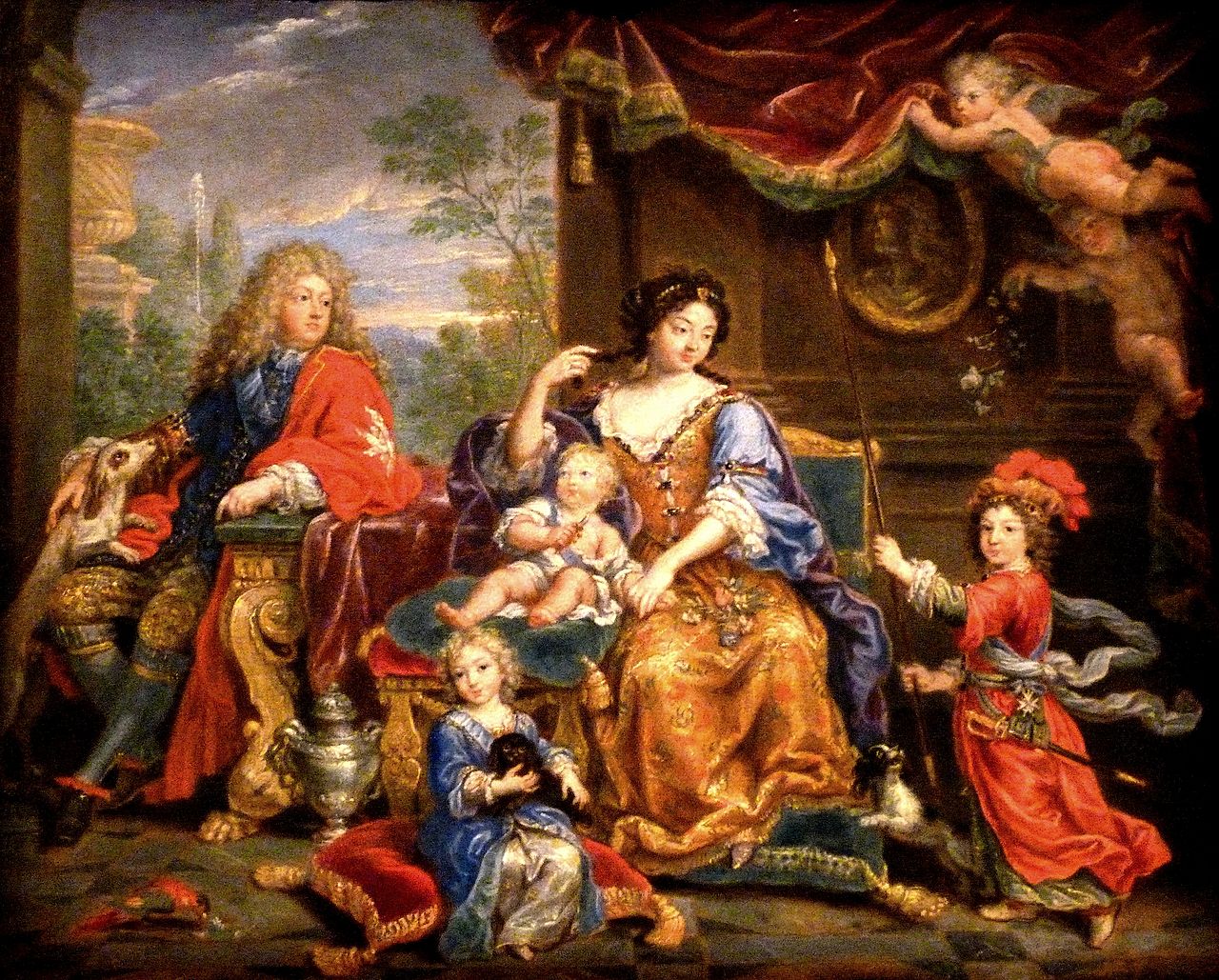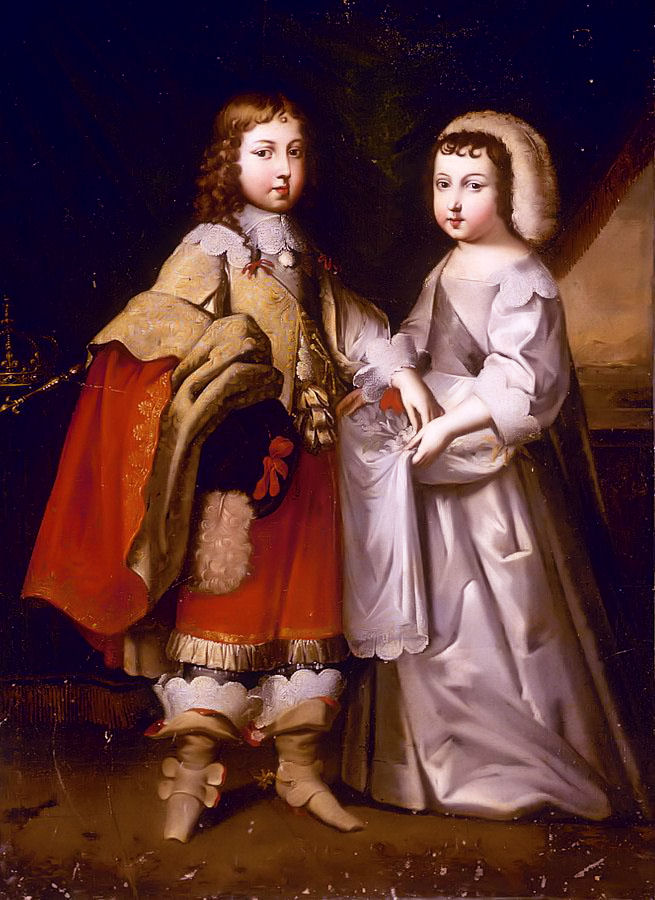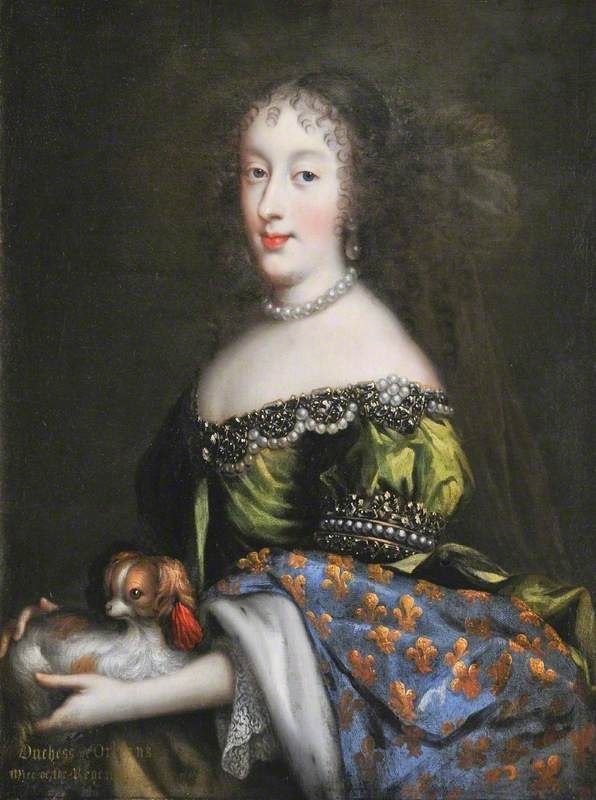by Susan Flantzer © Unofficial Royalty 2019

Ferdinand-Philippe, Duke of Orléans, Prince Royal, Prince of Orléans; Credit – Wikipedia
Prince Ferdinand Philippe of Orléans was born on September 3, 1810, at the Royal Palace in Palermo, Kingdom of Sicily, his mother’s birthplace, now in Italy. Created Duke of Chartres at birth, he was the eldest of the ten children of Louis Philippe of Orléans, Duke of Orléans (the future Louis Philippe I, King of the French) and Maria Amalia of Naples and Sicily, daughter of Ferdinando I, King of the Two Sicilies and Maria Carolina of Austria. Louis Philippe of Orléans, Duke of Orléans was a descendant of Philippe I, Duke of Orléans, the only sibling of King Louis XIV of France, who was the founder of the House of Orléans.
Ferdinand had nine siblings:
- Louise-Marie of Orléans (1812 – 1850), married Leopold I, King of the Belgians, had four children including Leopold II, King of the Belgians
- Marie of Orléans (1813 – 1839), married Alexander of Württemberg, had one son, Marie died from tuberculosis
- Louis of Orléans, Duke of Nemours (1814 – 1896), married Victoria of Saxe-Coburg and Gotha, had four children
- Françoise of Orléans (1816 – 1818), died in early childhood
- Clémentine of Orléans (1817 – 1907), married August of Saxe-Coburg and Gotha, had five children
- François of Orléans, Prince of Joinville (1818 – 1900), married Francisca of Brazil, had two children
- Charles of Orléans, Duke of Penthièvre (1820 – 1828), died in childhood
- Henri of Orléans, Duke of Aumale (1822 – 1897), married Maria Carolina of Bourbon-Two Sicilies, had four children
- Antoine, Duke of Montpensier (1824 – 1890), married Luisa Fernanda of Spain, had ten children
Shortly after the onset of the French Revolution, Ferdinand’s father Louis Philippe fled the country to avoid likely execution, which would be the fate of his father and other members of the French royal family, including King Louis XVI and Queen Marie Antoinette. He traveled extensively around Europe and spent several years in the United States. At the time of Ferdinand’s birth, Louis Philippe was still in exile, living in his wife’s native country.

Ferdinand and his mother; Credit – Wikipedia
In 1814, Napoleon I was overthrown, and the Bourbons were restored to the French throne. Louis Philippe and his family returned to France and were welcomed to the French court during the reign of King Louis XVIII, a brother of King Louis XVI. In France, Ferdinand’s education was entrusted to a tutor, M. de Boismilon. By age five, Ferdinand’s intellectual capabilities were quite advanced. He could speak and write in French and German, and started to study Latin, mathematics, and history. Ferdinand was enrolled at the College Henri-IV in Paris so that he would receive an education on par with other French boys. There he developed a lifelong friendship with Alfred de Musset who would become a great French dramatist, poet, and novelist. After a trip to England and Scotland, Ferdinand joined the 1st Hussars Regiment and went on to have a career in the military.
King Louis XVIII died in 1824, and was succeeded by his brother King Charles X. Louis Philippe’s relationship with Charles was closer than it had been with Louis XVIII but his liberal views were quite in contrast to the staunchly conservative Charles, and he was often viewed as a threat to the stability of the King’s reign. Ferdinand had been born “His Serene Highness” and in September 1824, King Charles X granted him the style “His Royal Highness”.

King Louis Philippe, Queen Marie Amelie, with their sons and daughters; Credit – Wikipedia
Finally, King Charles X’s ultra-royalist sympathies alienated many members of the working and middle classes. This led to the July Revolution of 1830. On August 2, 1830, King Charles X was forced to abdicate the French throne. He named his grandson Henri, Duke of Bordeaux as his successor. However, this did not sit well with Ferdinand’s father Louis Philippe, Duke of Orléans, the Orléanist claimant to the French throne or the Chamber of Deputies who proclaimed Louis Philippe as the new monarch of France. Louis Philippe decided to style himself as King of the French, attributing his role as King of the French people instead of a territorial area. Ferdinand became the heir apparent to the French throne and received the title Prince Royal and the titles of Duke of Orléans and Prince of Orléans.

Helene of Mecklenburg-Schwerin, Ferdinand’s wife; Credit – Wikipedia
In 1837, Helene of Mecklenburg-Schwerin, daughter of Friedrich Ludwig, Hereditary Grand Duke of Mecklenburg-Schwerin and Karoline Luise of Saxe-Weimar-Eisenach, was chosen as a bride for Ferdinand. Helene was Protestant but she had some well-connected relatives that King Louis Philippe wanted to ally with, so her religion was overlooked. The main alliance would be with Friedrich Wilhelm III, King of Prussia, Helene’s first cousin once removed. She was also a cousin to Leopold I, King of the Belgians, and his sister The Duchess of Kent, mother of Queen Victoria. Other cousins included Augusta of Saxe-Weimar-Eisenach, wife of the future Wilhelm I, King of Prussia, and Wilhelm I, King of Württemberg. Helene’s family was against the marriage but she accepted the marriage proposal because she wanted to become a queen.
On May 30, 1837, Helene and Ferdinand were married at the Château de Fontainebleau. Hyacinthe-Louis de Quélen, Archbishop of Paris forbade the marriage from taking place at the Notre Dame de Paris because of the couple’s religious differences. Ferdinand and Helene’s marriage was a happy one but Ferdinand’s mother opposed Helene as a Protestant and a liberal. Helene became popular with the publicwith her introduction of the German Christmas tree in France.
Ferdinand and Helene had two children:
- Philippe of Orléans, Count of Paris, Prince Royal (1838–1894), married his paternal first cousin Marie Isabelle of Orléans, Infanta of Spain, had eight children
- Robert of Orléans, Duke of Chartres (1840–1910), married his first paternal cousin Françoise of Orléans, had five children

Ferdinand with his Helene and their two sons; Credit – Wikipedia
Ferdinand was an enlightened patron of literature, music, and the fine arts. In his apartments at the Tuileries Palace, he collected objects from the Middle Ages and the Renaissance, ceramics, furniture, and contemporary paintings. He was also a talented draftsman and engraver.
In July 1842, Ferdinand was scheduled to leave on a trip to review French troops. Before he left, he planned to travel from the Tuileries Palace in Paris to nearby Neuilly-sur-Seine where his wife and two sons were staying. On July 13, 1842, he left Paris in an open carriage. During the short trip, the horses became out of control and Ferdinand either jumped or was projected out of the carriage, resulting in a skull fracture. Despite the best care of the doctors, 31-year-old Ferdinand died a few hours later, surrounded by family members who had rushed to the scene.
Lithograph of the death of Ferdinand; Credit – Wikipedia
Despite the wishes of the government ministers that Ferdinand be buried at the Basilica of St. Denis, the traditional burial site of the Kings of France and the French royal family, Ferdinand’s parents opted to bury him at the Royal Chapel of Dreux in Dreux, France, the traditional burial place of members of the House of Orléans.
Ferdinand’s lifelong friend, the dramatist, poet, and novelist Alfred de Musset, wrote a poem about Ferdinand’s death Le Treize Juillet (The Thirteenth of July). Read the entire poem here.
The first stanza reads:
As much as grief grows old so far ’tis true.
But yesterday the prince was swept from sight;
He hardly sleeps the sleep of endless night;
The angel-wings that bore him through the air,
Close not; of him to speak too soon we dare.
In 1848, Ferdinand’s father Louis Philippe, King of the French lost his throne in the French Revolution of 1848. Afraid that he may be imprisoned and executed, he quickly left Paris with his family, including Helene and her two sons, and they went into exile in England. Helene survived her husband by sixteen years, dying from influenza on May 17, 1858, in Richmond-upon-Thames, London, England at the age of 44. Because Helene was Protestant, she could not be buried in the Catholic Royal Chapel of Dreux. To solve that problem, a room with a separate entrance was built in the chapel with a window-like opening between her tomb and her husband’s. Helene’s effigy on top of her tomb shows her looking and reaching towards the opening to the tomb of her beloved Ferdinand.

Tombs of Ferdinand, Duke of Orléans and his wife Helene; Credit – Wikipedia
This article is the intellectual property of Unofficial Royalty and is NOT TO BE COPIED, EDITED, OR POSTED IN ANY FORM ON ANOTHER WEBSITE under any circumstances. It is permissible to use a link that directs to Unofficial Royalty.
Works Cited
- En.wikipedia.org. (2018). Duchess Helene of Mecklenburg-Schwerin. [online] Available at: https://en.wikipedia.org/wiki/Duchess_Helene_of_Mecklenburg-Schwerin [Accessed 5 Nov. 2018].
- En.wikipedia.org. (2018). Ferdinand Philippe, Duke of Orléans. [online] Available at: https://en.wikipedia.org/wiki/Ferdinand_Philippe,_Duke_of_Orl%C3%A9ans [Accessed 5 Nov. 2018].
- Fr.wikipedia.org. (2018). Ferdinand-Philippe d’Orléans. [online] Available at: https://fr.wikipedia.org/wiki/Ferdinand-Philippe_d%27Orl%C3%A9ans [Accessed 5 Nov. 2018].
- Mehl, S. (2016). Louis Philippe I, King of the French. [online] Unofficial Royalty. Available at: https://www.unofficialroyalty.com/louis-philippe-i-king-of-the-french/ [Accessed 5 Nov. 2018].

